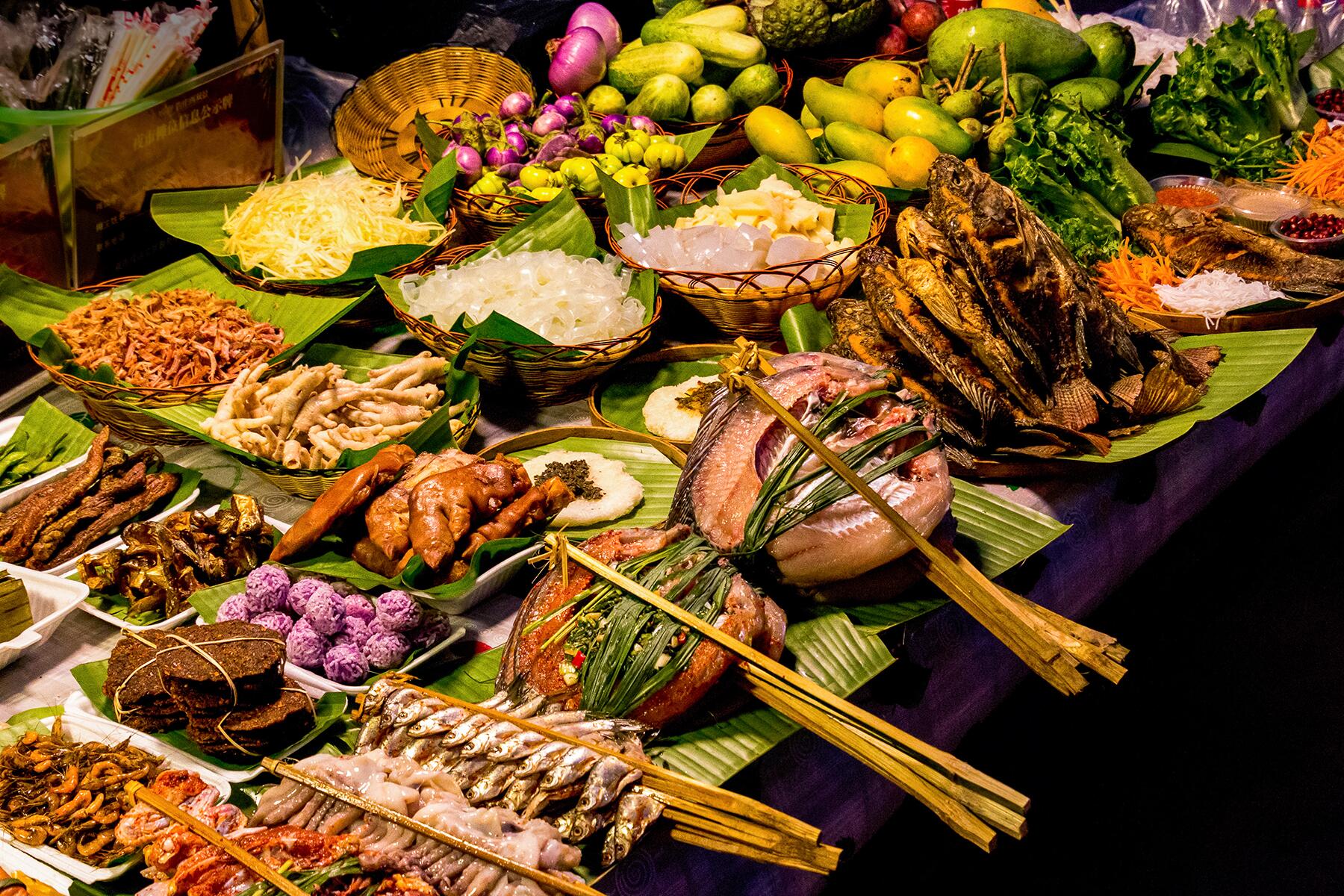Yunnan is quickly becoming known as one of China’s premier food destinations.
In a country full of dedicated foodies, Yunnan is where everyone goes on vacation to eat. But the dishes you’ll find in this mountainous province—which borders Tibet, Myanmar, Laos, and Vietnam, as well as the Chinese provinces of Sichuan, Guizhou, and Guangxi—are nothing like those in the rest of the country. Cooks in this tiny province pull from a variety of Chinese, Himalayan, and Southeast Asian flavors and influences and have access to an astonishing variety of locally foraged ingredients. Many are also members of China’s dozens of minority groups, each of which has its own culinary traditions. Depending on where you go, you’ll find everything from Tibetan momos to grilled fish stuffed with fresh chilies and herbs to pho-like rice noodles. Here are some dishes from around the province that will completely change what you think of Chinese food.




